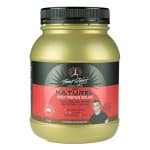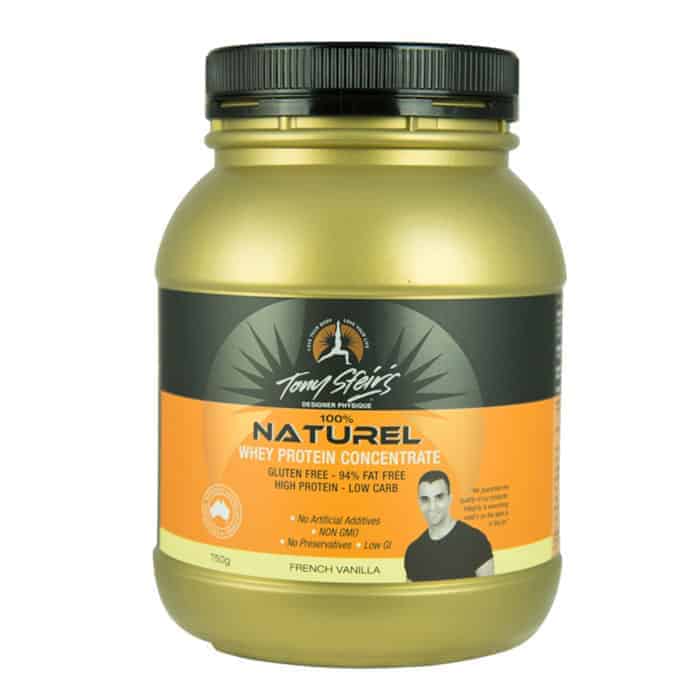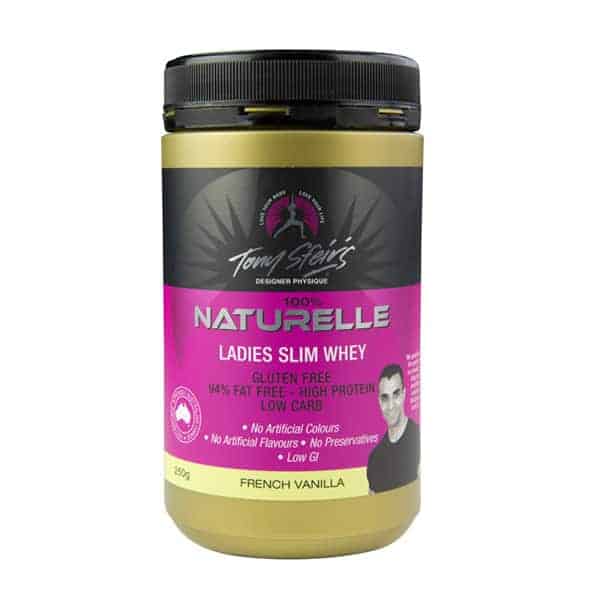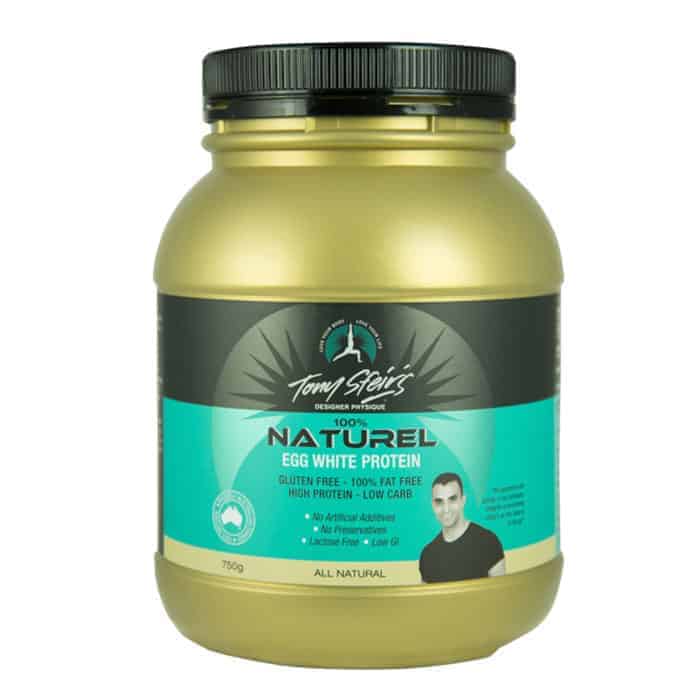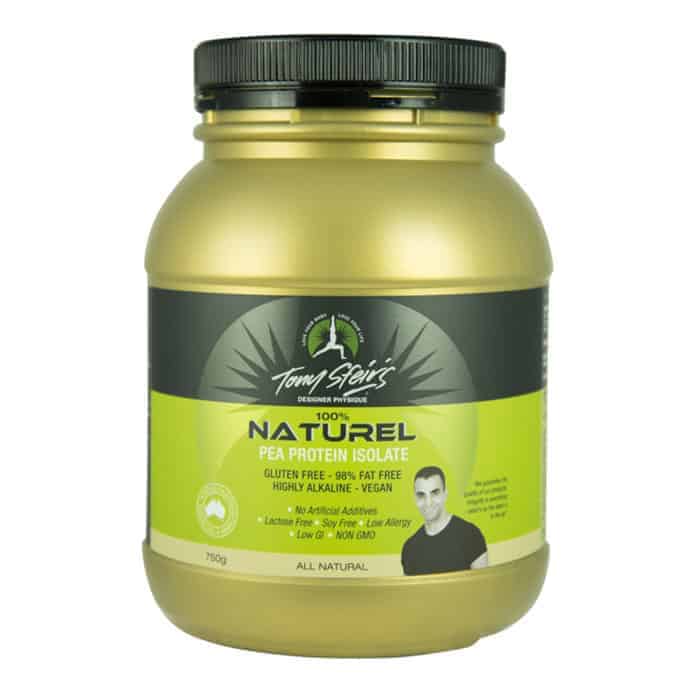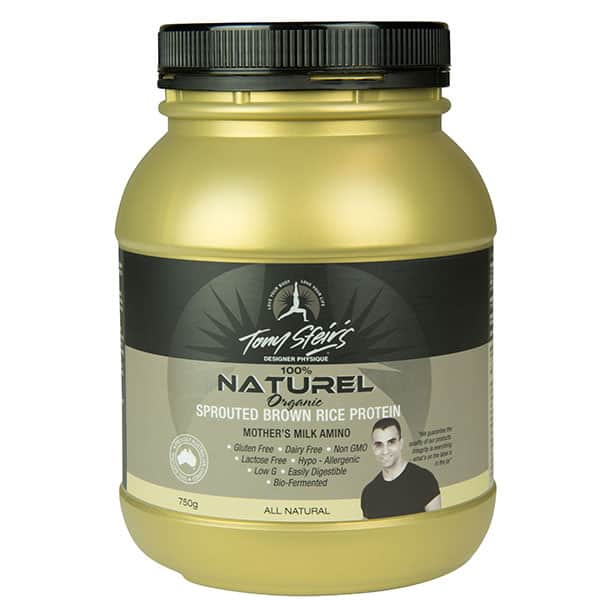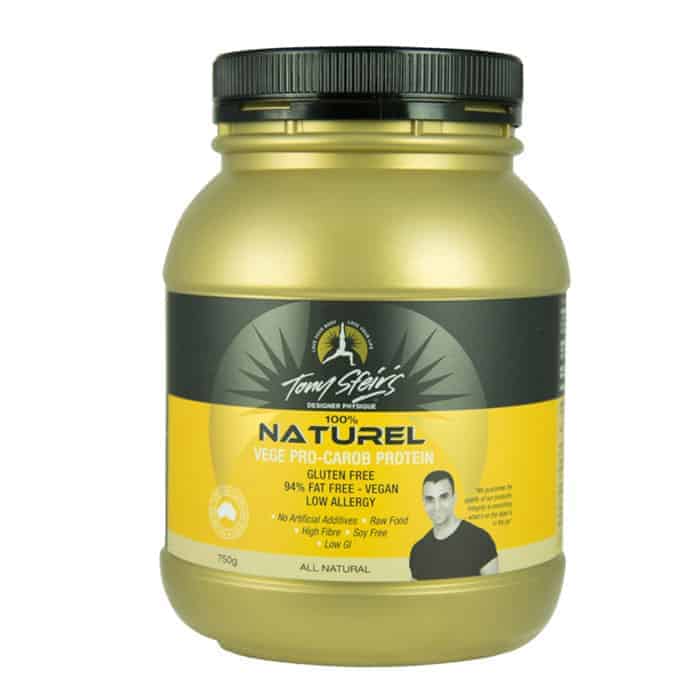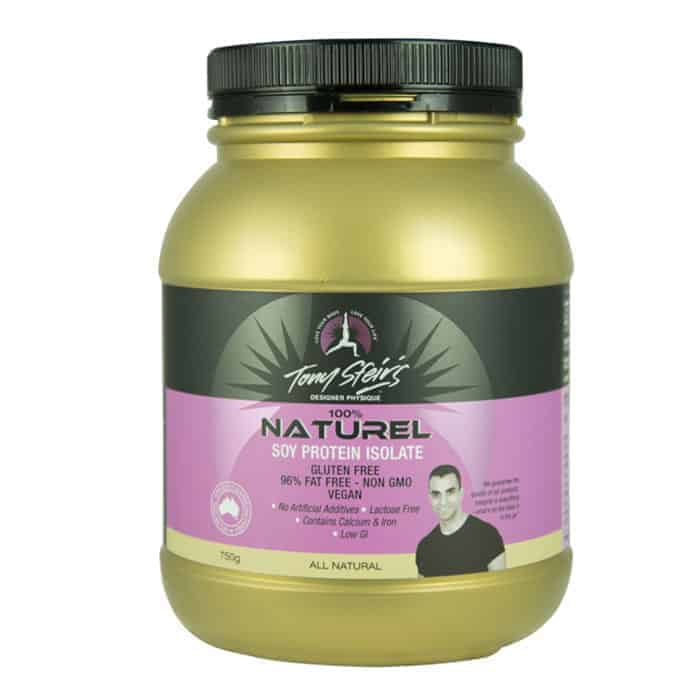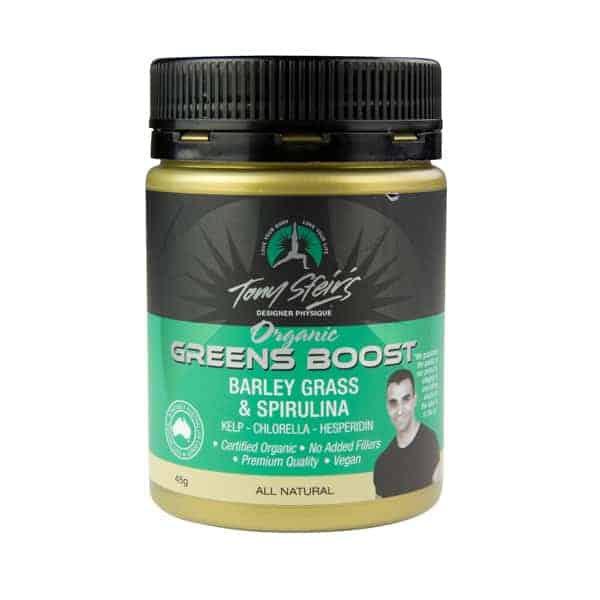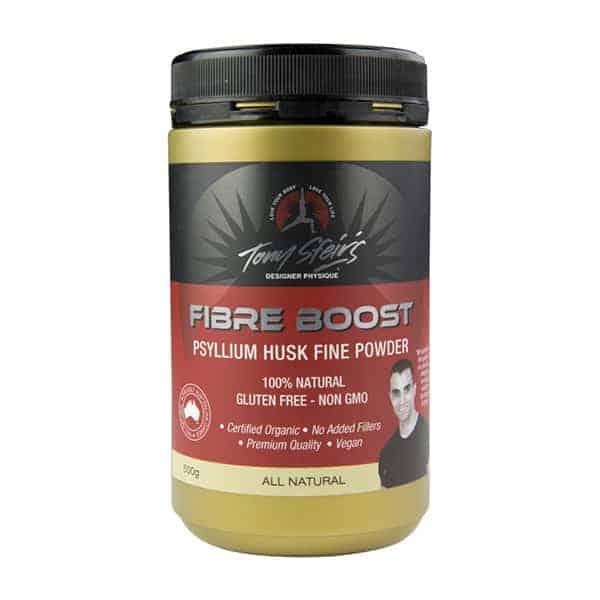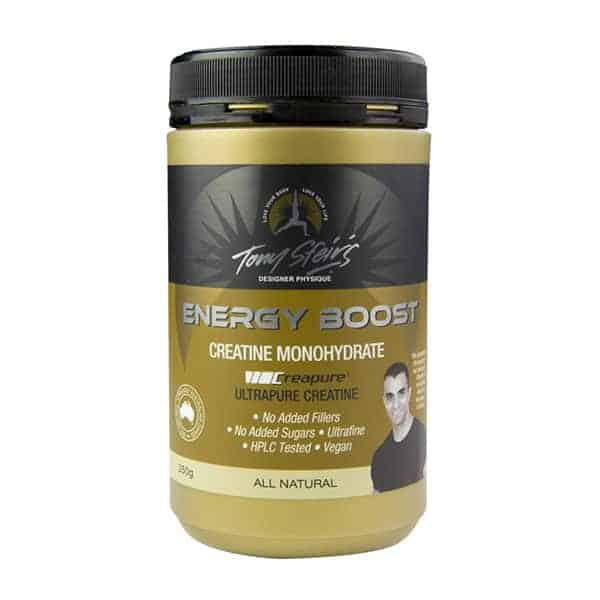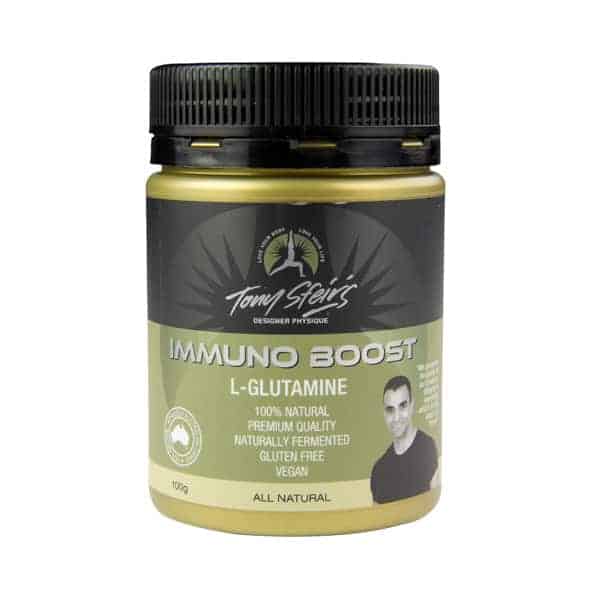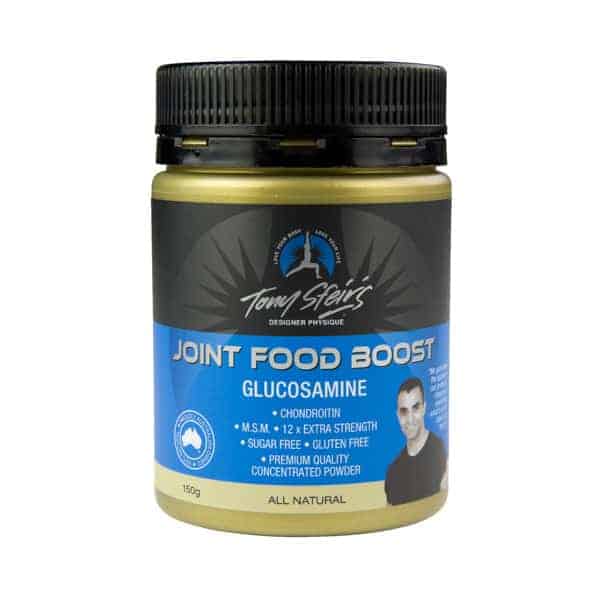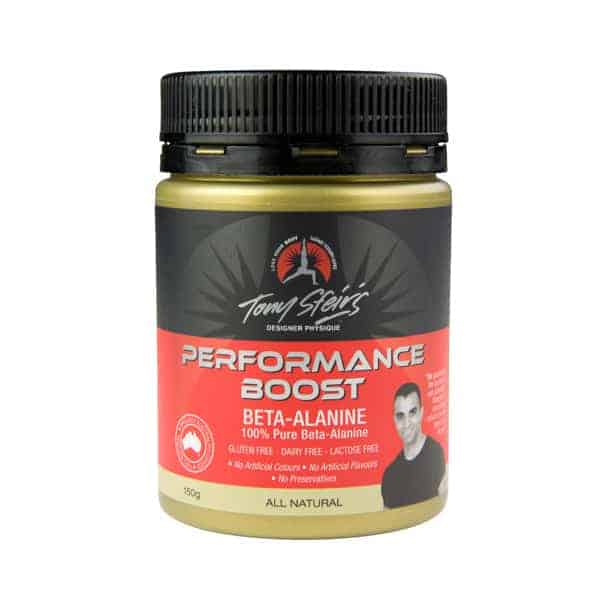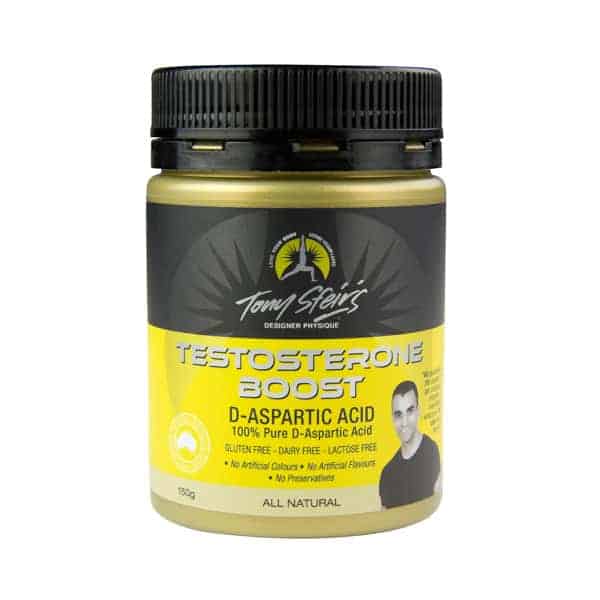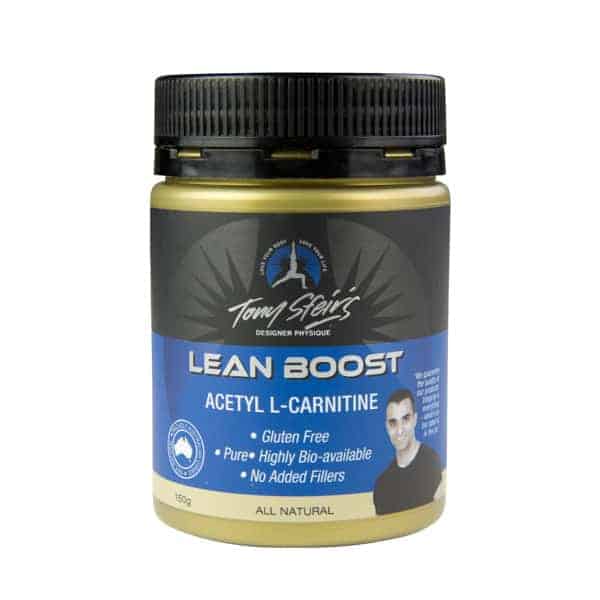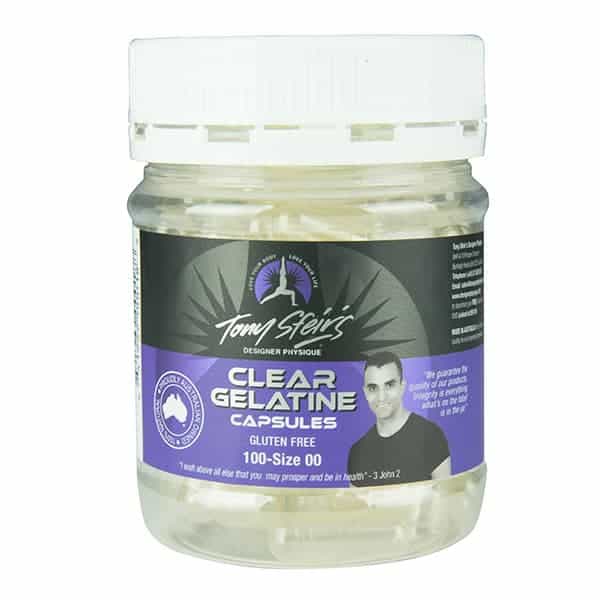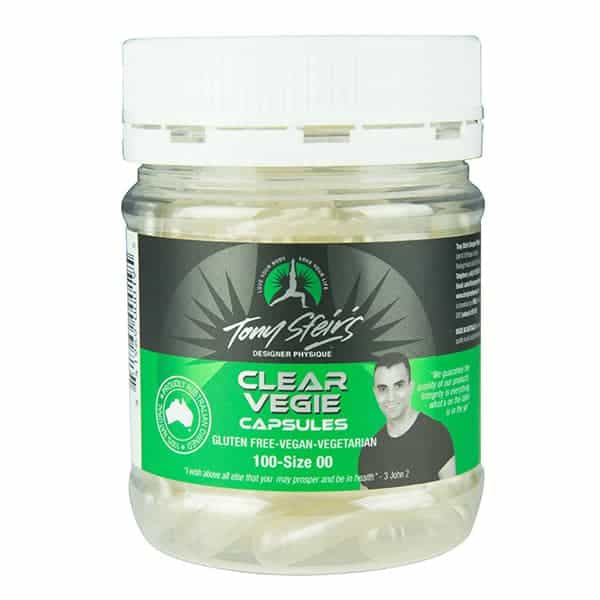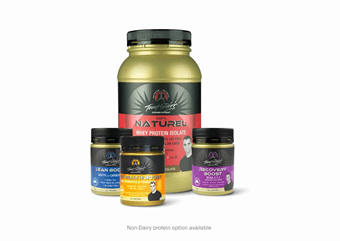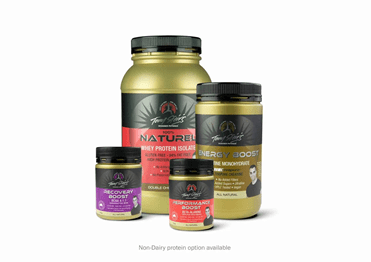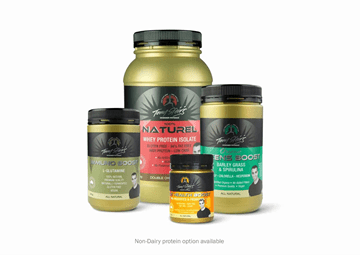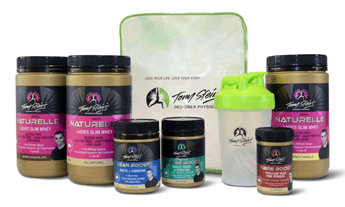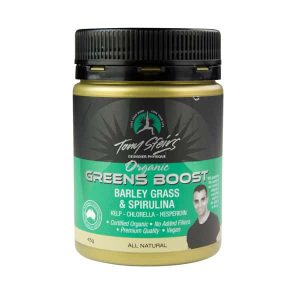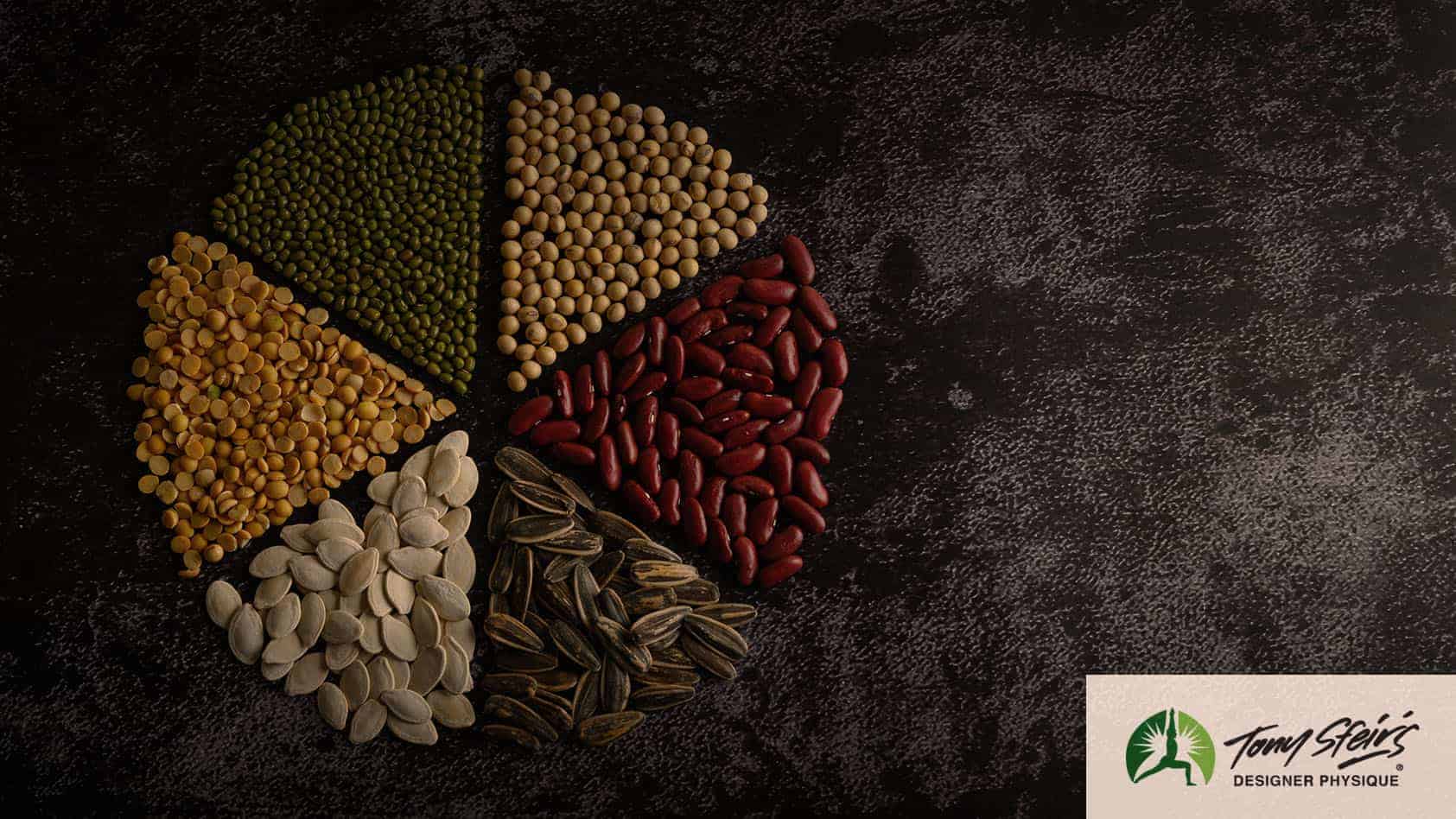There’s no doubt about it, plant-based diets are on the rise lately, people are going vegan and the supermarket shelves are filled with vegan-friendly options.
In fact, 1 in 3 Australian’s are consciously limiting their meat consumption, and according to Food Frontier & Life Health Foods, conscious plant-based food eaters rose in 2019 by 20%.
Of course, when we go plant-based, we must not overlook the importance of protein, and in this case, plant protein.
Protein is a critical nutrient not only to build and repair muscle but also plays a major part in supporting our immune system, hormone, enzyme production, and more.
In this article, we will discuss some of the best wholefood sources of plant protein, and the benefits and shortfalls of plant protein.
Wholefood Plant Protein Sources
When it comes to a plant-based diet, having a diverse range of plant protein sources in your diet becomes extremely important.
Amino acid content varies across plant-based dietary sources, and if we stick to just one or two plant protein foods, we may be missing out on essential amino acids we need for healthy muscle growth, digestive function, and even mood regulation (Wu, 2009).
When we diversity our diet with nutrient-dense plant protein sources, not only do we tick the box of protein requirements, we also maximise on other nutrients that plant protein can offer.
Some of the best wholefood plant protein sources that we recommend include Soy, Pea, Sprouted Brown Rice, Hemp, and even various Algae foods such as spirulina or chlorella, which are also extremely nutrient-dense (Grosshagauer et al., 2020).
This is why Designer Physique offers a quality range of plant protein powders based on these recommendations, and also offers a greens powder packed full of nutrient-dense algae protein sources, and more.
You may be asking though, if I’m getting my protein sources from wholefoods, why supplement with plant protein powder?
Why Supplement With Plant Protein Powder?
Even though we can obtain a variety of wholefood plant protein sources, quality still becomes an important factor, and unlike a serving of meat, we may have to eat more than we’re comfortable with to obtain the same amount.
The plant proteins you may be consuming could also be missing important essential amino acids than their animal-based equivalents (Campbell et al., 2007). Or due to certain cooking requirements or “anti-nutrients” present in some plants, may have a lower protein digestibility and availability profile.
This is why Designer Physique selects plant protein sources that are low in anti-nutrients, such as our Plant Protein Powder, or have been deactivated altogether in our Sprouted Brown Rice Protein Powder.
On top of this, if you’re an athlete or someone that is more physically active, and also incorporating a plant-based diet, supplementing becomes essential.
According to the Journal of Sports Medicine, Vegan athletes consume less protein from a wholefood standpoint (Venderley & Campbell, 2006), and although this may sit comfortably in the RDA of 0.8g protein kg/day, in no way takes into consideration the needs of more active individuals (Elango et al., 2010).
In fact, endurance and strength-training individuals may have protein needs closer to 1.2 – 2.0 g/kg daily to maximise muscle repair, recovery, and meet the overall essential amino acid profile our body needs (Thomas et al., 2016).
Bottom line, if you’re going plant-based, but still remain heavily active, we highly recommend you incorporate a high-quality plant protein powder into your diet, such as our Sprouted Brown Rice Protein Powder or Plant Protein Powder.
If you want to know more about the anti-nutrient side of things, or more specific benefits of our pea or rice protein, I highly recommend you read this article on sprouted brown rice powder or 5 amazing benefits of pea protein powder.
Are There Any Shortfalls from Plant Protein Powder Supplementation?
The biggest shortfall in plant protein supplementation often comes down to the quality, and type of plant protein sources contained in the supplement.
As we mentioned earlier, diversifying your diet with a range of plant protein sources is the best way to ensure you’re consuming a more complete essential amino acid profile.
Quality is also a big factor because selecting a plant protein powder that contains premium quality ingredients ensures you get the highest level of nutrients, and a better bang for your buck.
It’s why we source our pea protein from premium quality Belgium peas, our sprouted brown rice is organic and pesticide-free, and our hemp comes from the best Canadian-grown hemp seeds.
Quality matters, especially when selecting a plant protein powder.
It’s a reason why we do a plant protein powder blend that contains both pea protein and hemp protein powder.
Our plant protein encompasses the highly digestible, allergy-friendly aspects of pea protein, combined with the rich mineral, high fibre, and essential fatty acid components of hemp protein.
Read more about the amazing benefits of hemp protein powder or pea protein powder.
The Takeaway
The trend of going plant-based is definitely on the rise as of late, and even though we can source plant protein from wholefood sources, diversifying and supplementing with plant protein can often be essential.
Protein is absolutely critical, especially when on a plant-based diet, so selecting one that can maximise on quality and nutrient density just makes sense.
This is why Designer Physique offer a plant protein powder blend of pea and hemp, because it ticks all the boxes, and is 100% natural, gluten-free, and has no additives, colours, or preservatives.
Is it time to take your plant-based journey to the next level? Why not try our plant protein powder blend today?
References
- Campbell, B., Kreider, R. B., Ziegenfuss, T., La Bounty, P., Roberts, M., Burke, D., Landis, J., Lopez, H., & Antonio, J. (2007). International Society of Sports Nutrition position stand: Protein and exercise. Journal of the International Society of Sports Nutrition, 4(1). https://doi.org/10.1186/1550-2783-4-8
- Elango, R., Humayun, M. A., Ball, R. O., & Pencharz, P. B. (2010). Evidence that protein requirements have been significantly underestimated. Current Opinion in Clinical Nutrition and Metabolic Care, 13(1), 52-57. https://doi.org/10.1097/mco.0b013e328332f9b7
- Grosshagauer, S., Kraemer, K., & Somoza, V. (2020). The true value of spirulina. Journal of Agricultural and Food Chemistry, 68(14), 4109-4115. https://doi.org/10.1021/acs.jafc.9b08251
- Thomas, D. T., Erdman, K. A., & Burke, L. M. (2016). Position of the Academy of Nutrition and Dietetics, dietitians of Canada, and the American College of Sports Medicine: Nutrition and athletic performance. Canadian Journal of Dietetic Practice and Research, 77(1), 54-54. https://doi.org/10.3148/cjdpr-2015-047
- Venderley, A. M., & Campbell, W. W. (2006). Vegetarian diets. Sports Medicine, 36(4), 293-305. https://doi.org/10.2165/00007256-200636040-00002
- Wu, G. (2009). Amino acids: Metabolism, functions, and nutrition. Amino Acids, 37(1), 1-17. https://doi.org/10.1007/s00726-009-0269-0

